Centennial of the
1921 Tulsa Race Massacre
A collection of audio and digital stories highlighting the experiences of people in the 100-year aftermath of what is believed to be the single worst incident of racial violence in American history.
This project was produced in April 2021 in partnership with Oklahoma State University School of Media and Strategic Communications and KOSU. Our reporters are students in Oklahoma.
A barber and his place in Greenwood
What started out as giving friends haircuts in high school ended with a successful barbering career. From a student, to service-industry worker, to full-time barber, Willie Sells, the owner of Tee’s Barbershop, has cut hair for almost six decades in Tulsa’s Greenwood District.
By Taryn Johnson

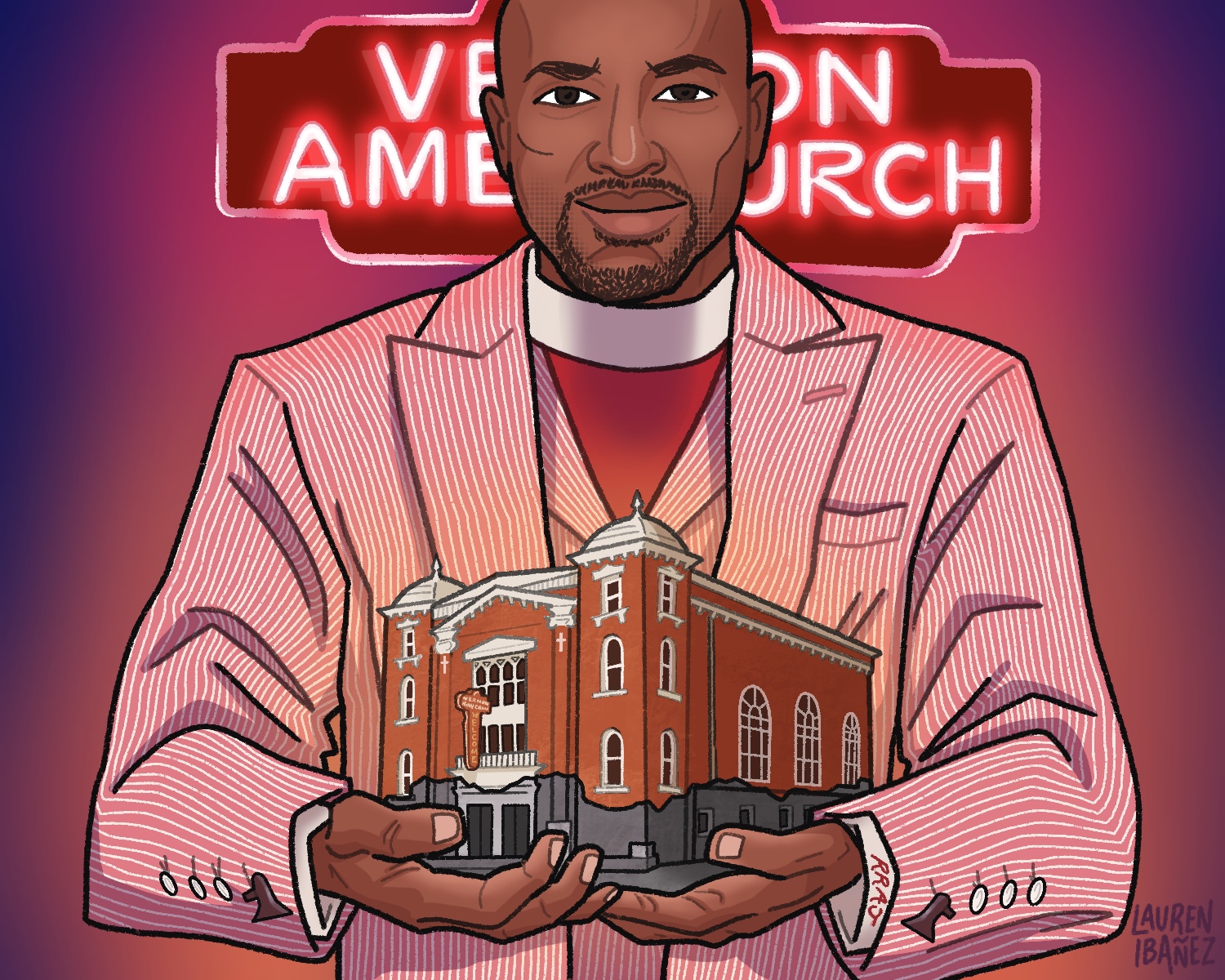
Greenwood reverend promotes racial healing – but demands justice
The Rev. Robert Turner leads a chapel that saved the lives of Black Tulsans 100 years ago. It’s now at the forefront of a fight for reparations.
By Destinee Adams
Returning to Black Wall Street: Tulsa Race Massacre descendant continues family legacy through coffee shop
Dwight Eaton’s grandfather built his barbershop from the ashes of the 1921 Tulsa Race Massacre. Decades later, Dwight hopes to renew the vision of Greenwood’s pioneers.
By Beth Wallis
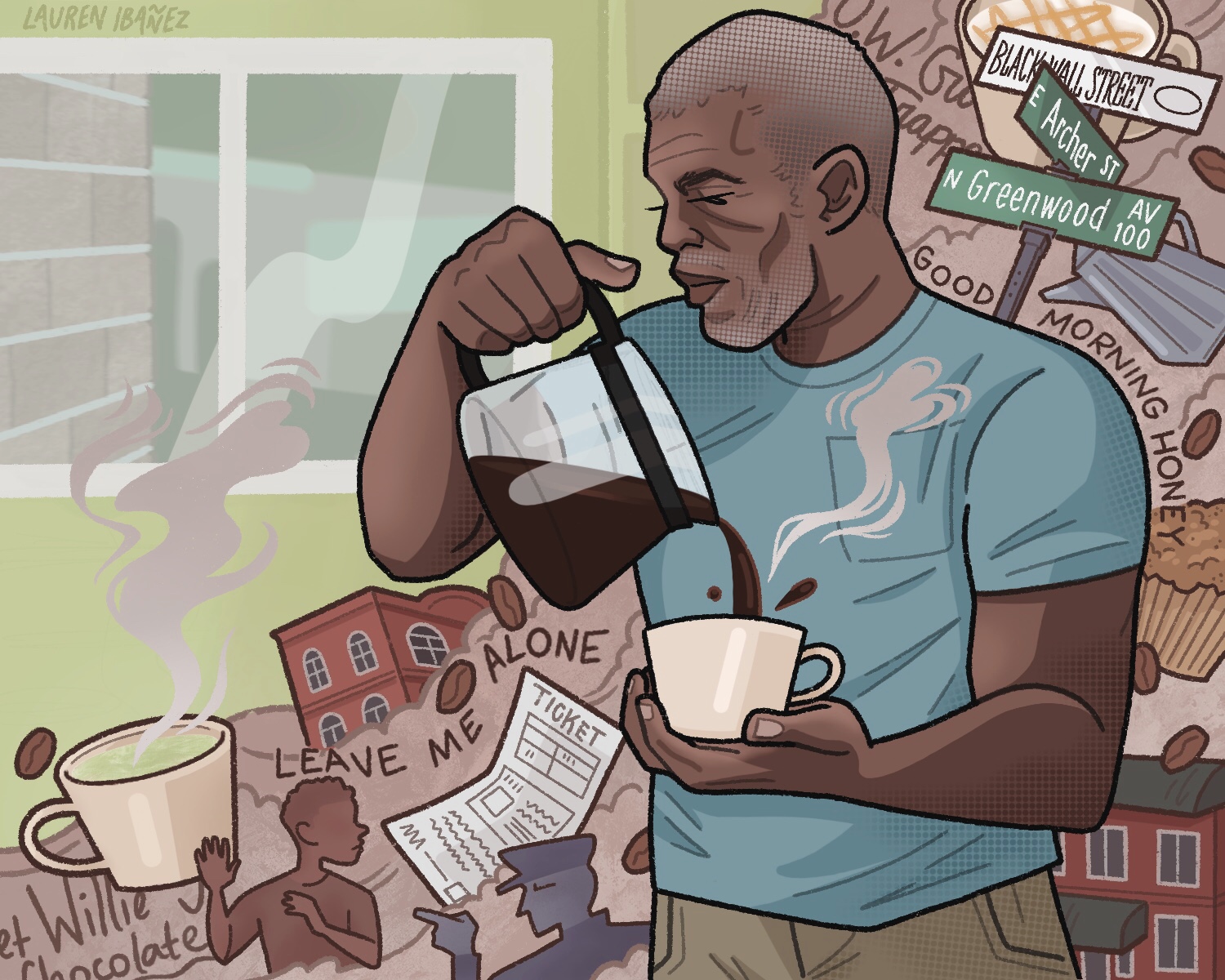
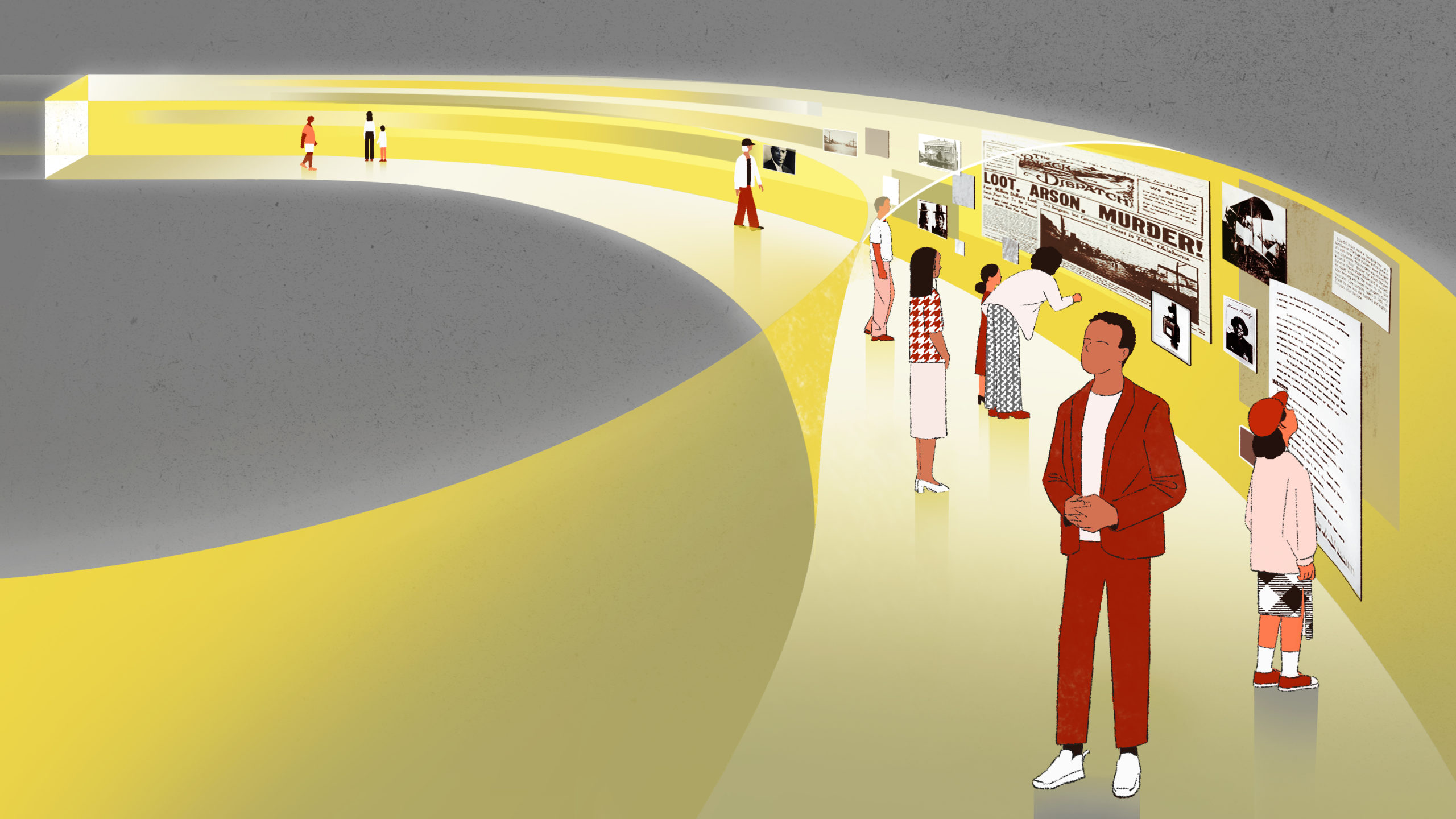
Greenwood artist, historian creates a ‘labor of love’ for Black Wall Street
Lincoln Cochran, Greenwood Community member, artist, educator, and historian. Has undertaken a “labor of love” and created a living timeline that chronicles over 100 years of Greenwood and Black Wall Street history. Oklahoma’s history has been given a new perspective from the site of the 1921 Tulsa Race Massacre.
By Devin Williams
Looking at Greenwood with our hearts, not minds: Tulsa resident finds treasure in descendants and documents
When Carlos Moreno, a graphic designer and community activist, moved to Tulsa, he never imagined that 20 years later he’d be sharing stories from the Greenwood elders. With his first book, he hopes that those who read it grasp that the victims were real people.
By Crystal Patrick
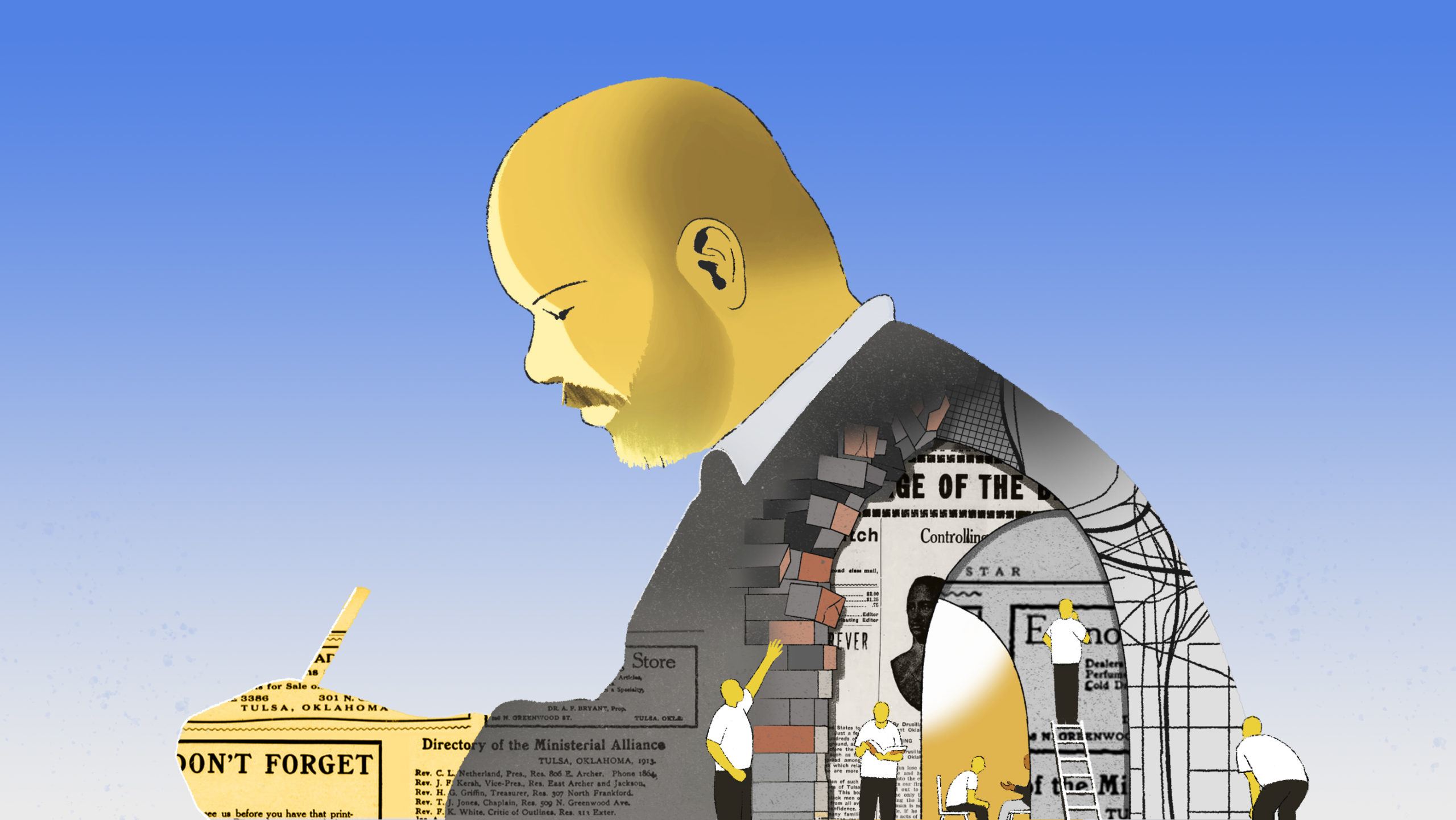
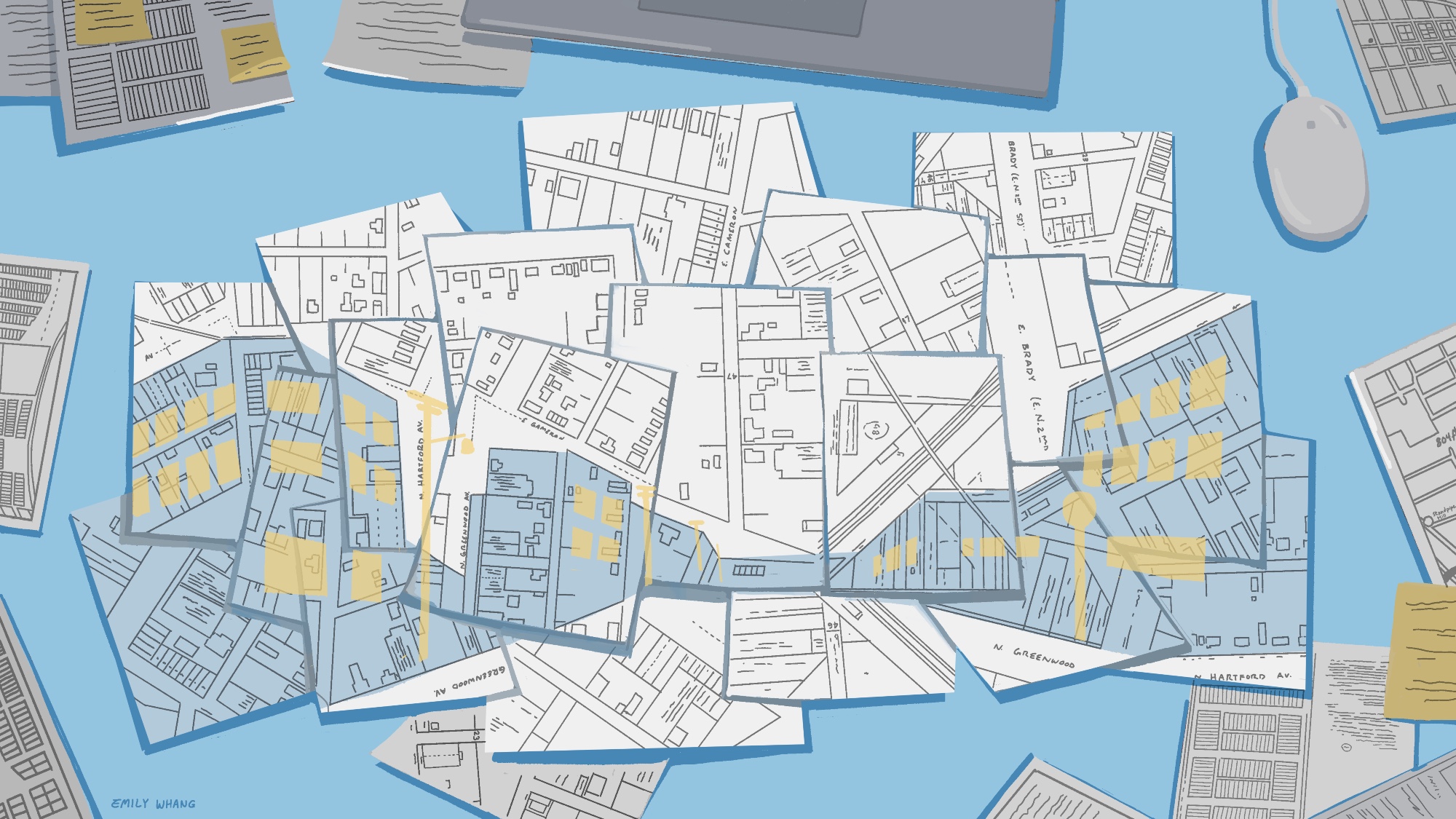
Mapping Tulsa’s Greenwood District back to life
An Oklahoma State University professor is inputting data into a mapping program to show how the Tulsa Race Massacre transformed the neighborhood throughout the years.
By Rodrigo Solis Ruiz
The Next Generation Radio Project is a week-long digital journalism training project designed to give competitively selected participants, who are interested in radio and journalism, the skills and opportunity to report and produce their own multimedia story. Those chosen for the project are paired with a professional journalist who serves as their mentor.
This edition of the #NPRNextGenRadio project was produced in collaboration with Oklahoma State University School of Media and Strategic Communications and NPR Station KOSU in April 2021.
Acknowledgments
Managing Editor – Traci Tong, Editor, Public Media Journalists Association
Digital Editors – Alexis Richardson, Digital Content Strategist & CINO at The Mom Edit, Philadelphia, and Stephanie Federico, Digital News Editor, KUT, Austin, Texas
Audio Tech – Selena Seay-Reynolds, Freelancer Audio Engineer, Princeton, New Jersey, and Scott Bell, KOSU, Tulsa, Oklahoma
Illustrators – Emily Whang, Los Angeles, Ard Su, Baltimore, Lauren Ibanez, Houston
Visuals - Erica Lee, Freelance Visual Journalist, Jersey City, New Jersey, and Samantha Guzman, Executive Editor, PBS, Austin, Texas
Web Developer – Robert Boos of Metropolitan State in Minneapolis
Our journalist/mentors for this project were:
Erika Beras, Reporter, Marketplace, Pittsburgh
Seth Bodine, Agriculture and Rural Issues Reporter for KOSU
Graham Brewer, Associate Editor, High Country News, Norman, Oklahoma
Quinton Chandler, State Impact Reporter, Oklahoma City
Nina Earnest, Podcast Producer, KSL, Salt Lake City
Kateleigh Mills, Special Projects Reporter, KOSU, Oklahoma City
NPR’s Next Generation Radio program is directed by its founder, Doug Mitchell.
